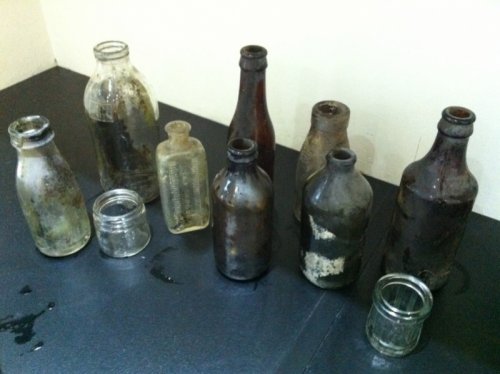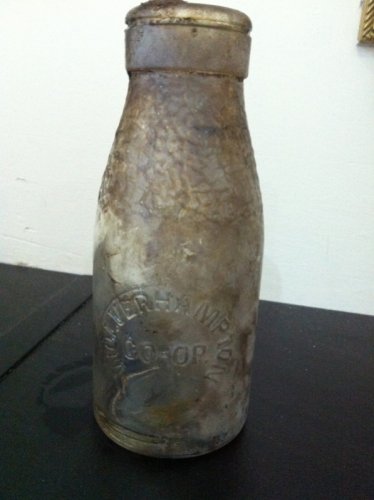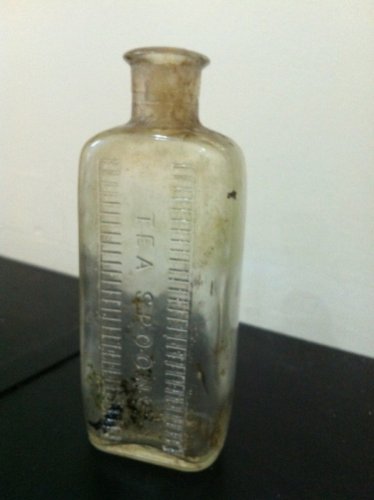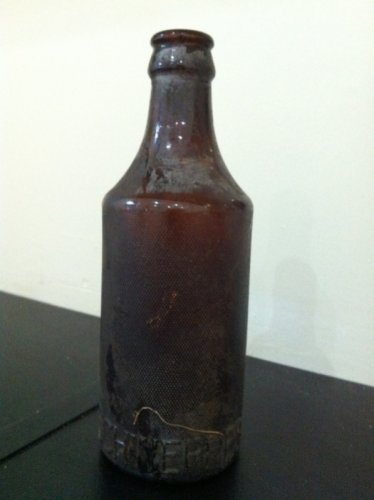Hello,
I'd really love a bit of advice as to what to do with a lot of bottles! I've been visiting a (very) old fishing lake that is being drained and it is like a bottle graveyard. I don't have a clue what to look for or what to do but I feel like if they just get filled back in or covered up again it will be a really missed opportunity.
Most of them have been there for, well, I have no idea! I started bringing a few home as I quite like the whole cleaning them up thing and seeing any names I recognise but my mum is starting to get really cross about how much mud I'm washing down the sink. I need help! Is there anything I should look for that makes a nice bottle? Do people sell them? Does anyone buy them wholesale!? If anyone has any info they could help me out with I would massively appreciate it. If you need anything else from me I can try find out a few more bits if needed.
Oh, also, there are a lot of bottles with 'Saxons Wolverhampton' (way to blow my secret location!) on them, does anyone know what that is? I thought it might be fun to collect a few of them up and return them, but so far I can't find anything!
Thank you in advance!
I'd really love a bit of advice as to what to do with a lot of bottles! I've been visiting a (very) old fishing lake that is being drained and it is like a bottle graveyard. I don't have a clue what to look for or what to do but I feel like if they just get filled back in or covered up again it will be a really missed opportunity.
Most of them have been there for, well, I have no idea! I started bringing a few home as I quite like the whole cleaning them up thing and seeing any names I recognise but my mum is starting to get really cross about how much mud I'm washing down the sink. I need help! Is there anything I should look for that makes a nice bottle? Do people sell them? Does anyone buy them wholesale!? If anyone has any info they could help me out with I would massively appreciate it. If you need anything else from me I can try find out a few more bits if needed.
Oh, also, there are a lot of bottles with 'Saxons Wolverhampton' (way to blow my secret location!) on them, does anyone know what that is? I thought it might be fun to collect a few of them up and return them, but so far I can't find anything!
Thank you in advance!








